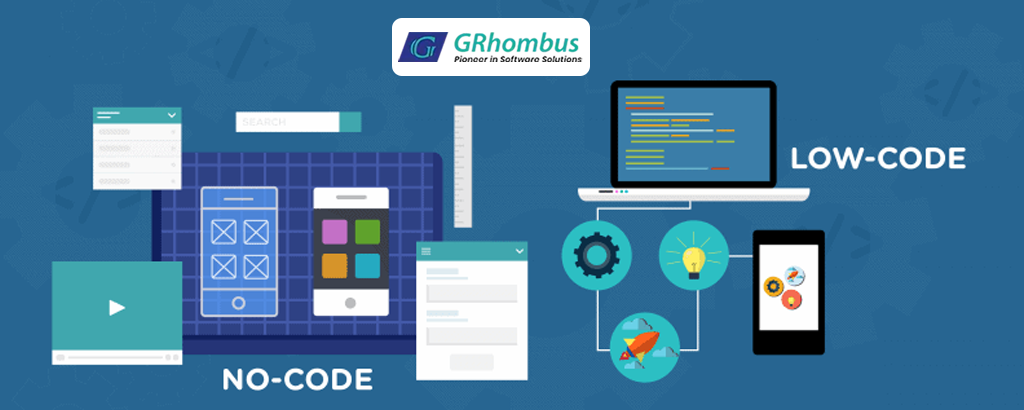Often, applications require coding expertise for development. Now is it possible to create applications without any knowledge of coding? Yes. It is possible and that is where the concept of low-code or no-code automation comes in.
When an application can be developed just by drag and drop options and through GUI (graphical user interfaces) and configurations, then it is no-code automation. Thus, businesses or even lay users can create applications without any (or even if necessary, very minimal) coding knowledge.
As a leading software development company in USA and a leading cybersecurity firm in UK, we bring robust solutions. The below is our analysis on the concept of low-code/no-code automation.
Advantages of No-Code Automation
1. Plug and play and speed of development
Since there is only drag and drop options and a user interface, low-code/no-code platforms significantly reduce the time it takes to develop and deploy applications. Use of pre-defined templates also reduces the need for any coding.
2. Cost Savings
Since less-technical expertise is required, there is no need to hire developers or software professionals. If the low-code application completely satisfies the business requirements, then faster time to market is achieved. This also gives profits and cost savings.
Further, with no-code applications, scalability is also easy. This means that when the initial pilot project works successfully, it can be enhanced easily to other areas.
3. Larger user base
By ensuring that no coding is involved, non-technical users can develop solutions. This leads to a larger user base and enhanced footprint of technological and software applications. This can drive digitization, and digital adoption in new sectors.
While there are the above advantages, the disadvantages are
Disadvantages of Low-Code/No-Code Automation:
1. Limited possibilities
When a ready-made solution is used, the customization possibilities are limited. Thus, any specific business challenge will require either a custom-built application or a work-around. Often, work-arounds do not fully satisfy the requirements and only cause frustration for users.
2. Dependency and security
When low-code solutions are used, there is dependency on a single vendor or a company. Such kind of dependency can be unhealthy for business continuity as the organization scales up. Further, data security, application security and other parameters may be difficult to ensure. This can make organizations vulnerable to attacks.
3. Performance Issues and hidden costs
Applications built with low-code/no-code platforms may not perform as well as those built with traditional coding, particularly for complex or large-scale applications. Further, hidden costs like license fees or anything else can also apply.
Some of the ways in which no-code or low-code applications work are:
1. Visual Workflows
By simple drag and drop, an entire workflow can be defined. An example is data entry. In this case, the entire application can be opened and the data that is obtained from a source entered automatically.
2. Integration platforms
These provide pre-built integrations or connectors to various apps and services. An example of this is automatically adding new email subscribers to a CRM.
3. RPA (robotic process automation)
This uses “software robots” to mimic human actions like mouse clicks, keyboard inputs, etc. Useful for automating repetitive computer-based tasks.
About GRhombus Technologies
GRhombus Technologies is a leading software development company in UAE and the best software development company in UK. The company has made a mark in various spheres like end-to-end Software Development, DevOps, Manual Testing, Automation Testing, and Security Testing. We are also a recognized leader in the domain of cybersecurity solutions. GRhombus Technologies is dedicated to world-class customer service, innovations and cutting-edge solutions. For more details, contact us.
